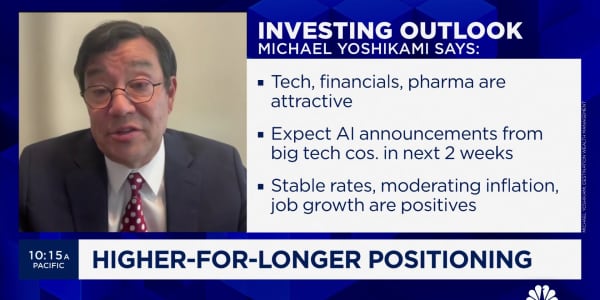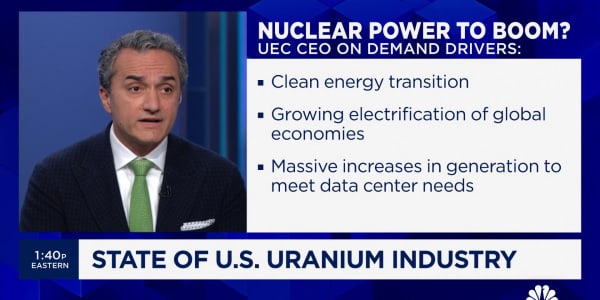
After close to a year and a half of pumping money into the stock market, mom-and-pop investors have spent most of the summer in hiding.
Since May, money has been streaming out of mutual funds that invest in the stock market—particularly those that are focused on U.S.-based equities. Domestic equity mutual funds surrendered some $26.6 billion in May, June and July, according to data from Morningstar that reflects investor unease over a confluence of factors facing the market.
"Investors certainly have been given enough reason to be cautious," said Art Hogan, chief market strategist at Wunderlich Securities. "Every day, we wake up to a new or intensifying geopolitical problem, whether it's Russia, Ukraine, Pakistan, which could be building up as a problem. We have issues with Ebola—there's a multitude of concerns at the time, even when the market is just a percentage point or two of its record highs."
Consequently, investor behavior has changed.
Read MoreHow David Tepper played 'nervous time' market
The $8.2 trillion global domestic equity fund space had seen inflows for 16 of 17 months between January 2013 and this past May, when outflow began in the U.S., according to the Investment Company Institute. U.S. funds, which account for about $6.1 trillion of that total, were positive only eight of those months, and the summer has not been kind.
With its economy touted often as the best of a bad global lot, U.S. stock indexes surged more than 30 percent in 2013 but have been far less robust this year. Investor sentiment has swung violently, with the American Association of Individual Investors reporting the biggest drop in bearish sentiment in nearly a year last week, perhaps a sign that the mom-and-pop crowd is getting more confidence.
However, that swing came just one week after the survey saw its biggest level of bearishness in nearly a year.
"It doesn't surprise me that money would be coming out of the market," Hogan said.
Read MoreSurvey says: Investors are getting pretty scared
The outflows come amid not only global turbulence but also uncertainty about what's to come now that the Federal Reserve is trying to unwind nearly six years of unprecedentedly easy monetary policy.
The U.S. central bank is expected in October to halt its monthly bond-buying program, which has pushed the Fed's balance sheet to nearly $4.5 trillion. In addition to the end of quantitative easing, the Fed also is likely to begin raising interest rates in early to mid-2015 after keeping its short-term target rate near zero since late 2008.
Investors, then, can't be blamed for worrying about what might happen now that the Fed is trying to guide the economy into a gentle landing after years of central planning.
"My concern is not whether the central banks are committed to being the markets' best friends. They are, because they need the markets to achieve their economic objectives," Mohamed El-Erian, chief economic advisor at Allianz, told CNBC. "My concern is that the tools may not be adequate at these valuations. And remember, everything has a price. At these valuations, markets are betting both on the journey and the destination," he said.
Both journey and destination appear to be at a crossroads, with multiple predictions through the year for a market correction—or drop of more than 10 percent—conflicting with expectations that even a sharp decline would be just a normal gyration in an otherwise strong bull market.
Strategists at Charles Schwab cite a sentiment gauge from Ned Davis Research in "extreme pessimistic territory," which they say is a good sign from a contrarian standpoint.
"Escalating tensions on the Ukraine border, the Israel/Gaza conflict, violence and military action in Iraq, economic concerns rising in Europe, and the possibility that the Fed may move sooner than expected are all ingredients in the cocktail of risk," said Schwab's Liz Ann Sonders, Brad Sorensen and Michelle Gibley in a report for clients. "But the famous 'wall of worry' may be building again, helping set the stage for the next move higher."
—By CNBC's Jeff Cox






